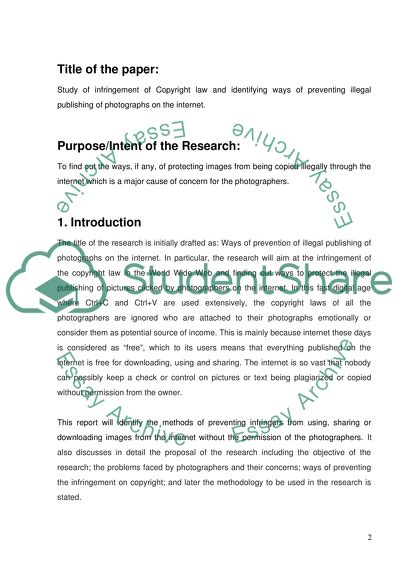Cite this document
(“Copyright Law Essay Example | Topics and Well Written Essays - 2000 words”, n.d.)
Retrieved from https://studentshare.org/miscellaneous/1531339-copyright-law
Retrieved from https://studentshare.org/miscellaneous/1531339-copyright-law
(Copyright Law Essay Example | Topics and Well Written Essays - 2000 Words)
https://studentshare.org/miscellaneous/1531339-copyright-law.
https://studentshare.org/miscellaneous/1531339-copyright-law.
“Copyright Law Essay Example | Topics and Well Written Essays - 2000 Words”, n.d. https://studentshare.org/miscellaneous/1531339-copyright-law.


